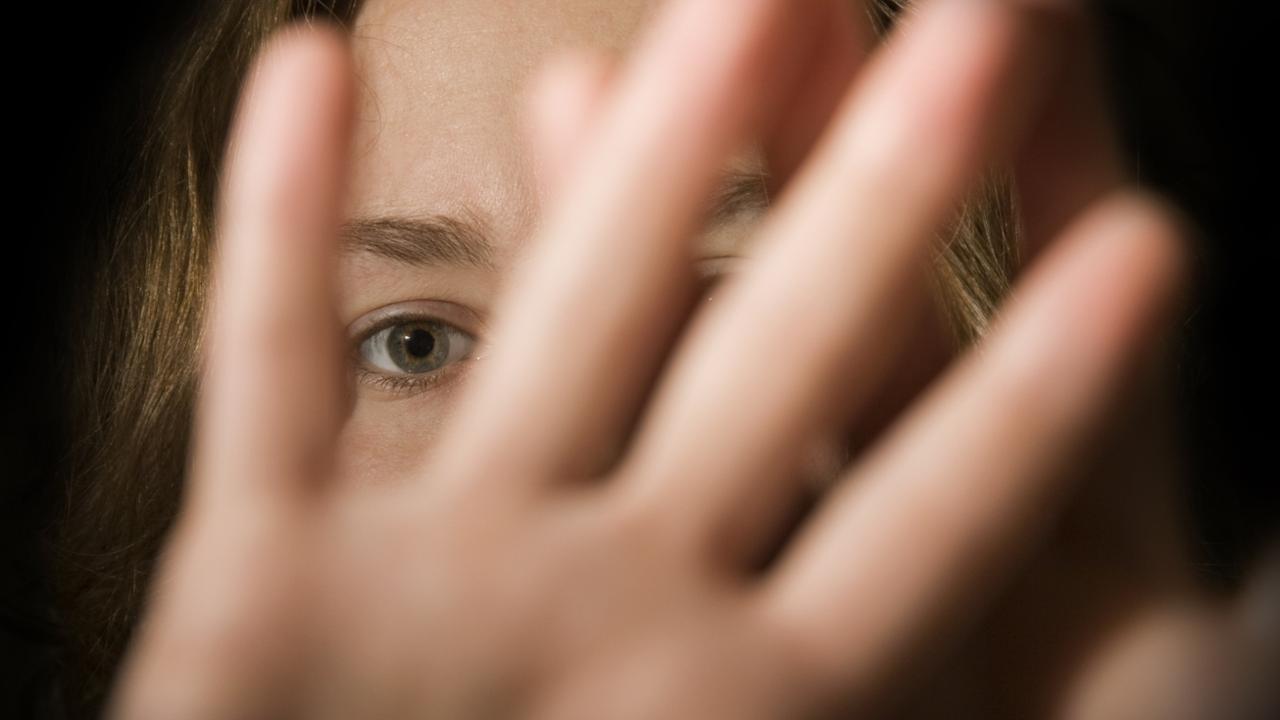Limited cultural diversity in university leadership pipeline
One third of Australia’s 40 university vice-chancellors are women but almost all are uniformly white.

Australia’s 40 university vice-chancellors are almost uniformly white and from an Anglo-Celtic or European background, with one exception: the University of Canberra’s Deep Saini.
In the ranks of the nation’s 130 deputy vice-chancellors, only 3.9 per cent, or about five, have a background that isn’t Anglo-Celtic or European.
There are no indigenous vice-chancellors or deputy vice-chancellors.
A recent Australian Human Rights Commission report, Leading for Change, analysed Australia’s different bands of leaders and found the image of current Australian vice-chancellors and deputy vice-chancellors failed to reflect the rich multicultural mix of hundreds of thousands of students .
About 21 per cent of the broad Australian population could be classified as “non-European”, the report found, with about 3 per cent from an indigenous background. “This cultural diversity is significantly under-represented among senior leaders in Australian organisations and institutions,” the report said, and the authors saw few signs of change on the way.
“It would be complacent to believe that it will only be a matter of time before cultural diversity is better represented,” the authors wrote.
“There remains limited cultural diversity that appears in the leadership pipeline, as demonstrated by our findings regarding non-chief executive senior leaders. Getting serious about the issue demands that leaders and organisations take committed action in three areas: leadership, systems, and culture.”
Professor Peter Hoj, vice-chancellor of the University of Queensland (and born in Denmark) said that while the university leadership ranks were now almost exclusively white Anglo-Celtic and European, it was changing, slowly.
“It’s looking bad,” he said. “But there is movement.”
A member of the AHRC’s Leadership Council on Cultural Diversity, founded in 2016 after the AHRC’s first Leading for Change report, Professor Hoj said in earlier decades there were no female vice-chancellors and it was rare to see anyone from a non-Anglo-Celtic background in a senior university position. Now, one-third of university vice-chancellors are women and 23 per cent have a European background.
He believed there had been at least an unconscious bias against academics who didn’t come from traditional backgrounds, so UQ was running unconscious bias workshops for 2000 people, including senior management.
“We have to show some leadership,” he said, noting the HRC report found there was a correlation between better-forming companies and their levels of cultural diversity. He remained confident, though, that in 10 or 15 years universities’ leadership would look very different.
Universities Australia chief executive Belinda Robinson said universities had made important diversity gains across various senior leadership ranks in recent decades — with more to come.
“There’s certainly been major strides over past decades to see more women and indigenous people in very senior roles in universities,” she said.
“I think we will see further diversity in coming years as some of the people in the next few tiers of leadership also step up into vice-chancellor roles.”



To join the conversation, please log in. Don't have an account? Register
Join the conversation, you are commenting as Logout